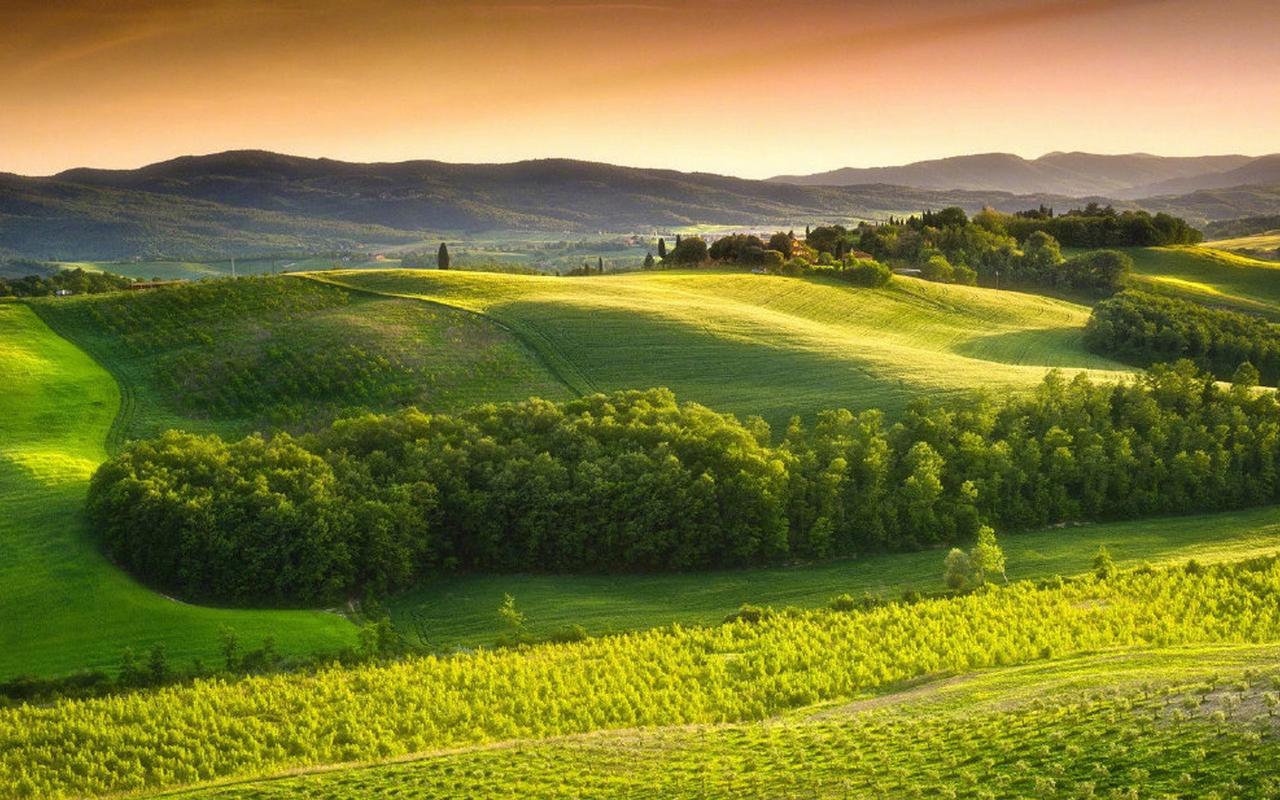Preserving Panama’s Heritage: Traditional Arts and Crafts of Indigenous Communities
When we think of Panama, the image that comes to mind is often of the Panama Canal, vibrant nightlife, and beautiful natural landscapes. However, beyond the tourist attractions lies a rich cultural heritage that is deeply rooted in the traditional arts and crafts of the indigenous communities that call Panama home. These traditions have been passed down from generation to generation and are a testament to the resilience and creativity of Panama’s Indigenous Peoples.
The diversity within Panama’s indigenous communities means that there is no one-size-fits-all approach to the preservation of traditional arts and crafts. However, by looking at a few specific examples, we can get a sense of the importance and beauty of these cultural practices.
One example is the Kuna people and their intricate Mola designs. These brightly-colored cloth panels are made by layering multiple pieces of fabric and then cutting and sewing intricate designs into the layers. Each piece is a unique work of art, often depicting animals, plants, and daily life in Kuna Yala (also known as the San Blas Islands). The process of making Molas is incredibly time-consuming and requires a great deal of patience and skill. Despite this, the Kuna people have managed to keep this tradition alive and thriving, with Molas now being popular handicrafts sold throughout Panama and around the world.
Another example is the Ngäbe-Buglé people’s Panamanian baskets, woven from natural fibers such as palm and bamboo. These baskets are not only beautiful but also practical, used for carrying everything from food to firewood. The basket weaving process is complex and requires a great deal of knowledge about the materials and techniques involved. As with the Kuna’s Molas, the baskets’ popularity has only grown over time, with more and more people seeking out these handmade treasures.
These are just two examples of the many traditional arts and crafts that can be found in Panama. However, what they have in common is that they are deeply tied to the cultural identity of the Indigenous Peoples that produce them. By supporting and preserving these traditions, we can help ensure that future generations will have access to the richness and diversity of Panama’s cultural heritage.
In conclusion, preserving Panama’s heritage requires a concerted effort to support the traditional arts and crafts of its Indigenous communities. While there is no one-size-fits-all approach, the success of the Kuna’s Molas and the Ngäbe-Buglé’s baskets provides a blueprint for how these traditions can be kept alive and thriving. By recognizing and valuing these cultural practices, we can honor the resilience and creativity of Panama’s Indigenous Peoples while also engaging with the beauty and diversity of their heritage.
(Note: Do you have knowledge or insights to share? Unlock new opportunities and expand your reach by joining our authors team. Click Registration to join us and share your expertise with our readers.)
Speech tips:
Please note that any statements involving politics will not be approved.
